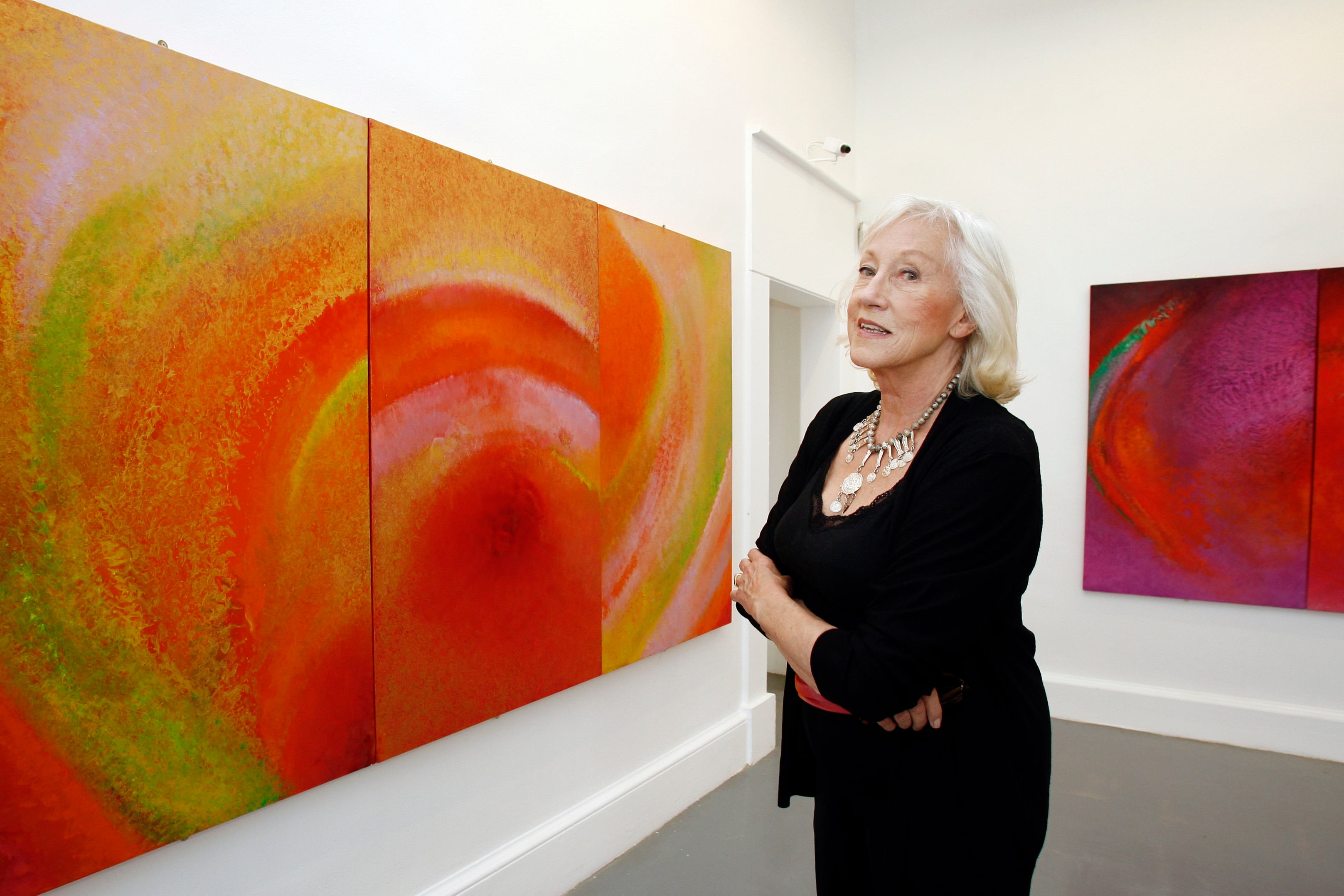“AI is the talk of the town,” explained Joe Molloy (15), an experienced hand at computer programming, as he noted the huge number of projects on the controversial topic at this year’s BT Young Scientist & Technology Exhibition (BTYSTE).
Determined to highlight the positive potential of artificial intelligence rather than regarding it as doomsday technology, the third-year student at Gonzaga College, Dublin, developed an app using AI to correct exams.
“With so many claiming AI is stealing jobs and ruining education, I wanted to focus on the benefits,” he said.
Believing too much time is taken up by teachers correcting exams, he developed software using AI to correct an English exam, notably on Siegfried Sassoon’s poem Base Details.
READ MORE
The app pinpoints relevant aspects of the work, corrects spelling and grammar “and provided great feedback for the student” inputting an answer. Quality control tests with various answers convinced him it is also a good study aid, while his teacher acknowledged it generated impressive results. Joe Molloy believes it can also be deployed in science and maths.
The BTYSTE is invariably a hotbed of design with prototypes on display ranging from robotics to simple ingenuity, as reflected by a fruit bowl that reduces decomposition created by Ben Sheehy, Jerome McCarthy and Ryan Fitzpatrick, fourth-year students at Mount St Michael in Co Cork.
It is better described as a fruit box, but it achieved an impressive result in reducing fruit waste significantly – a typical household wastes 40 per cent of fruit purchased. They concentrated their experiments on bananas, which go mushy all too quickly, and extended their shelf life by up to six days.
With the help of their engineering teacher James O’Sullivan, they used lasers to make the box, complete with a computer fan to remove ethylene gas which causes fruit to go brown and blue LED lights to enhance longevity. Temperature and whether the banana is damaged can be contributory factors, explained Ben Sheehy.
Their plan, Jerome McCarthy added, is to test other fruits and to design “a temperature-controlled fruit bowl that is more aesthetically pleasing to the eye”.
Research detected gender bias with Lego products, with clear pathways for boys to embrace advanced robotics. The issue came to the fore when their school entered the First Lego League
Boys are attracted to gadgetry from a young age but the extent to which girls are not shocked Gana Sharaby and Rhianna Bandera, fifth-year students at Presentation College, Dublin.
Their research detected gender bias with Lego products, with clear pathways for boys to embrace advanced robotics. The issue came to the fore when their school entered the First Lego League. After the competition, it emerged that most of their team had little experience with Lego at that level, whereas boys did, recalled Gana Sharaby.
They concluded boys were embracing products with a clear pathway to “Lego Technic”, but girls were more into “Lego Friends” with paraphernalia including cupcake stands, Rhianna Bandera added.
They tested their findings in a workshop with boys who were given bricks with pink and pastel colours while girls got blue bricks and items for cars and “activity” such as being policemen. Very quickly, the boys wanted to switch to the other Lego range, she added.
They believe the issue has implications on who will go on to study Stem subjects. “We are going to continue with this work because of the scale of the problem; because it’s going to be hard for girls to do Stem,” Rhianna Bandera said.
Ellen O’Donoghue (16) of Coláiste Mhuire, Cork, set out to address plastic pollution using a microbial mix but this proved to be problematic. She switched her project on biodegradation to deploying wax moths to do the job.
She had read how the moths caused havoc in a beehive, and were removed by a beekeeper who then discovered they had eaten through a plastic bag. Oxidase enzymes in their saliva do the job, she said, while hives have similar structures to plastics – “worms seem to recognise that”.
Plastics take many years to decompose normally, but she was delighted to record that over 14 days the worms breakdown microplastics, starting within the first 24 hours. The process was successful with heavy-duty waterproof plastic sheets and pedal bin liner bags, though less so with bottle tops.
- Sign up for push alerts and have the best news, analysis and comment delivered directly to your phone
- Find The Irish Times on WhatsApp and stay up to date
- Our In The News podcast is now published daily – Find the latest episode here











